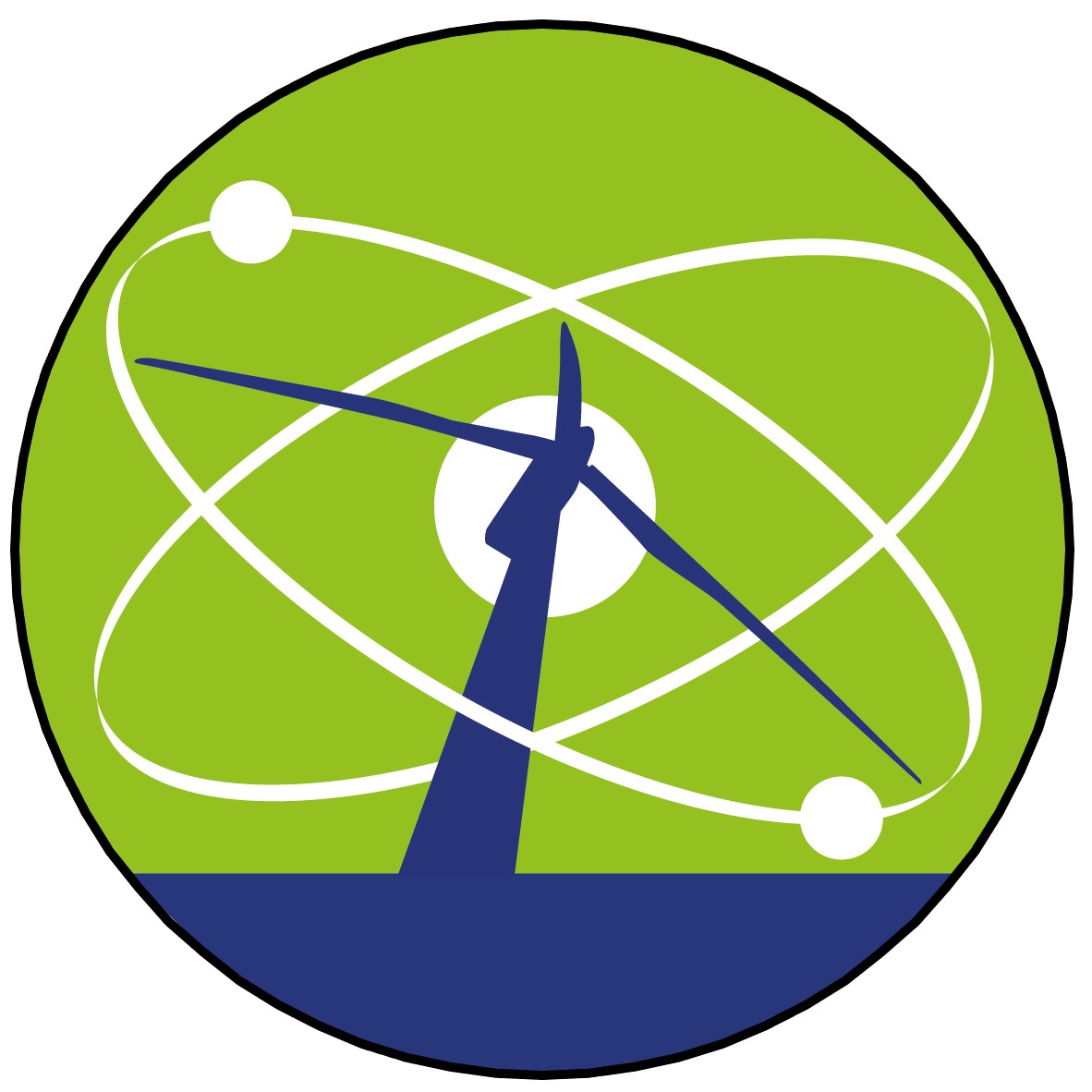Hydrogen Insight 2023
An increase in total direct investment reflects refined estimates of capital expenditures required (primarily for renewable hydrogen supply) resulting in the previously estimated USD 320 billion increasing to USD 435 billion.
Hydrogen will play a crucial role in decarbonizing hard-to-abate sectors, enable the at-scale transport of energy to resourceconstrained regions, and enable a clean and resilient energy system. Its deployment is at an inflection point – on one hand there are tailwinds such as a growing and gradually maturing pipeline of projects and supportive decarbonization regulation. On the other hand, there are headwinds: cost increases, project delays, continued regulatory uncertainty, and higher financing costs.
The project pipeline is growing, with over 1,400 projects announced across all regions (up from about 1,040 in the
previous publication), equaling USD 570 billion investments (previously USD 435 billion and 45 million tons per annum (Mt p. a.)
of clean hydrogen supply announced through 2030 (previously 38 Mt p. a.). Europe shows the largest number of projects (540),
followed by North America (248).
A quarter of projects with known commissioning date has progressed past final investment decision
(FID), representing 7% of the total announced investments. Investments are maturing, with USD 110 billion in front-end engineering and design
(FEED) and beyond (up from USD 75 billion), with 60% growth in investments undergoing FEED. Electrolysis deployment globally has
shown similar growth, passing the 1 gigawatt (GW) mark (up from 0.7 GW previously), with about 12 GW capacity having passed FID.








